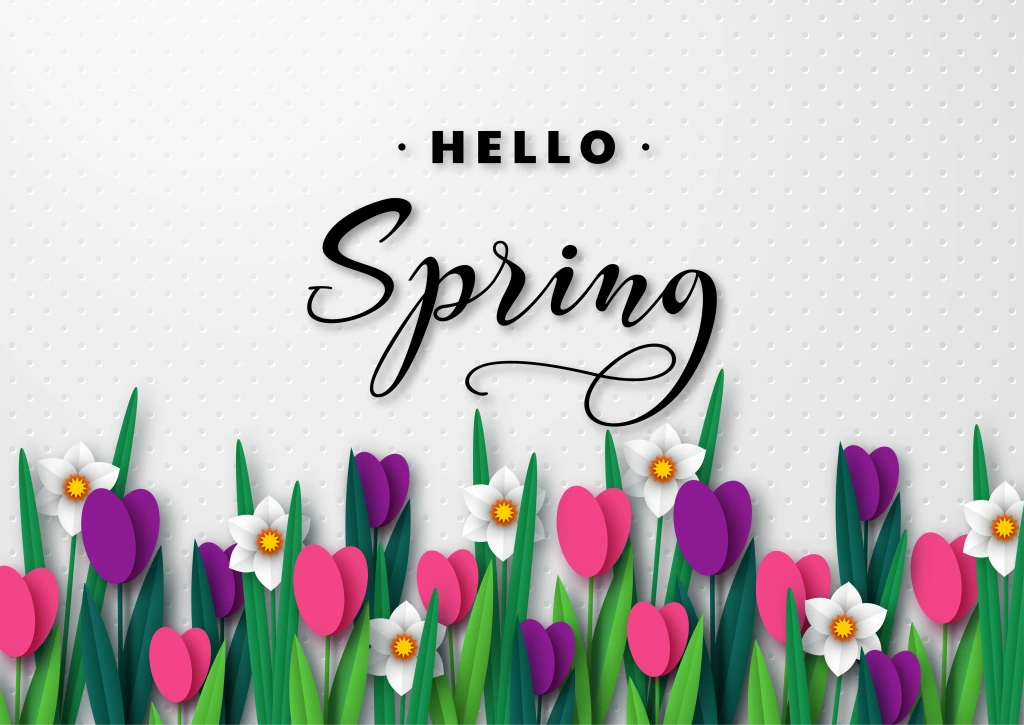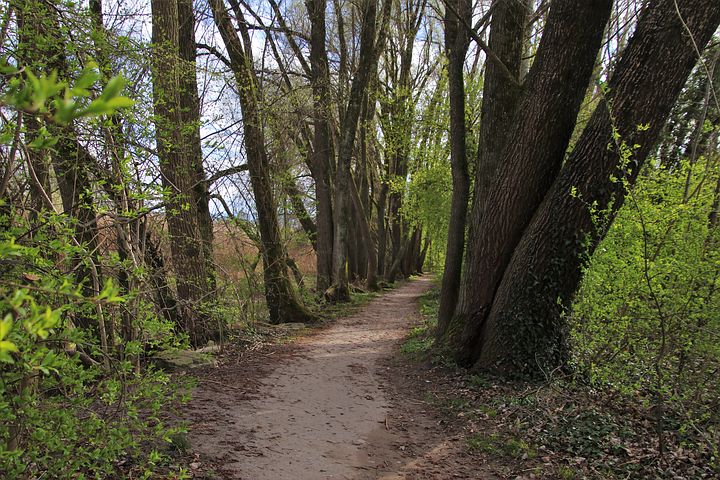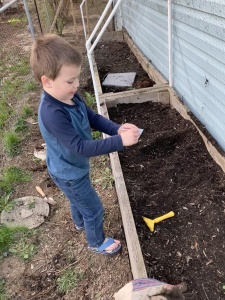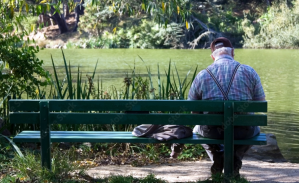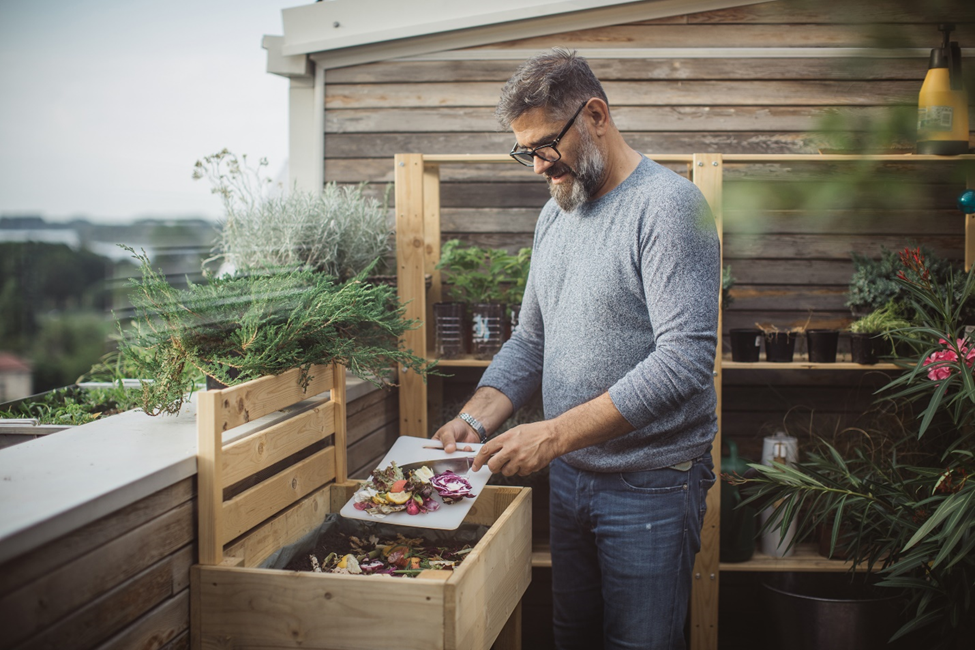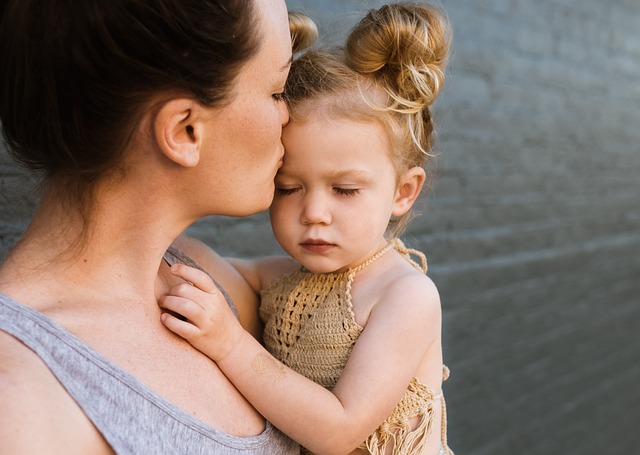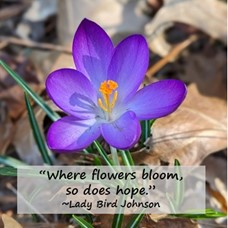Last week my Mother-in-Law turned 80. Also, (as seems to be tradition in our families) their 59th wedding anniversary was the next day. I think that is something to be celebrated with more than a card. I asked if I could make them dinner. Of course, this started a whole conversation about how it would be too much trouble and we could just go out to a restaurant.
That was the point. They are worth the trouble. They are worth getting out the good dishes.
We all get busy with our day-to-day and some days it’s just all too much. Most days our everyday dishes are just fine. Some days a paper plate (or maybe even a paper towel) is the thing so there are no dishes. But some days, we all deserve to use the good dishes. On a Tuesday. For no reason. What are you waiting for?
Consider the concept of “we are what we eat.” Expand that to “where we eat.” If you are eating standing up over the sink or at a tray table at the television, that’s not the most pleasant environment. When we take the time to create an environment that is attractive and relaxing it can make the eating experience more enjoyable and the food taste better. Lay out a tablecloth or placemat. Use the good dishes or pick up some pretty or colorful dishes that just make you happy. Drink out of a real glass. Listen to some music. The simplest meal can feel like fine dining if you let it.
For our dinner, I broke out the china dishes from my grandmother that my dad had sent back home when he was stationed in Korea in the late 1960’s and my parents wedding flatware. Both have rarely been used. We had flowers on the table and balloons when they walked in the door. The meal was simple, Caesar salad, chicken Marsala with pasta, and roasted green beans… and of course birthday cake!
I’m sure I’m not the only one with Grandma’s dishes. You may even have more than one set of “good dishes”. Let’s do more with them than collect dust.
Written by: Kate Shumaker, Family and Consumer Sciences Educator, Ohio State University Extension, Holmes County
Reviewed by: Laura Halladay, Family and Consumer Sciences Program Specialist, Ohio State University Extension
Sources:
Creating Positive Eating Environments. Nutrition & Food Service Edge (2021). Association of Nutrition and Food Service Professionals. https://www.anfponline.org/docs/default-source/legacy-docs/docs/ce-articles/mc112021-02.pdf
Cultivating a Pleasant Eating Environment (2021). Behavioral Nutrition. https://behavioralnutrition.org/cultivating-pleasant-eating-environment/

